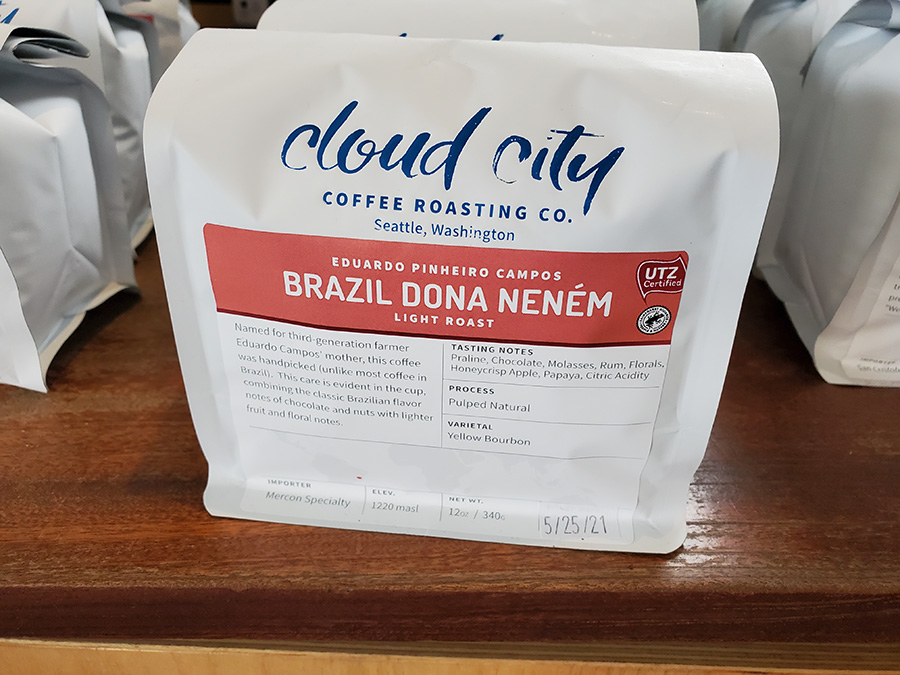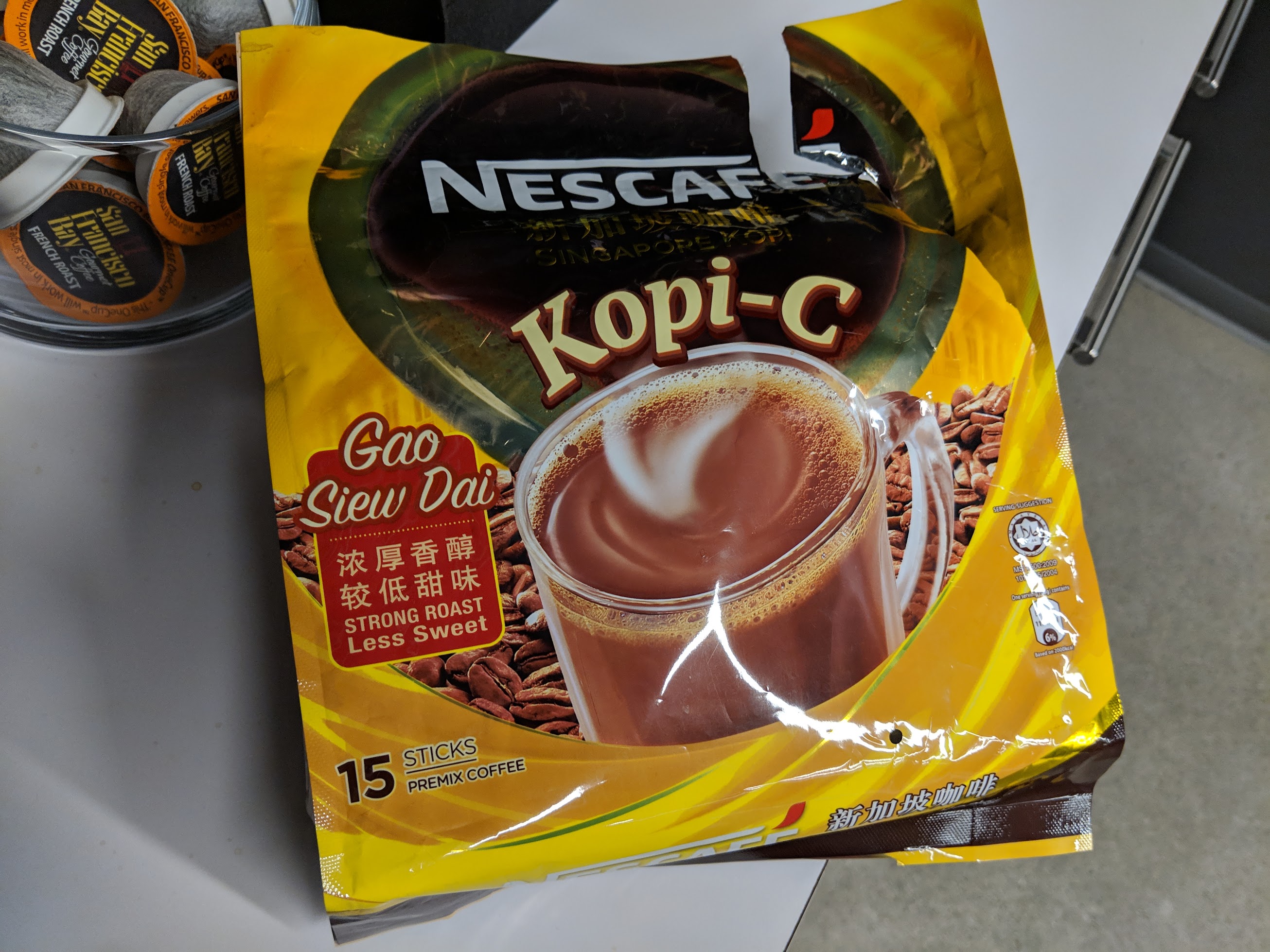Coffea Arabica and Coffea Canephora
Feburary 16, 2023
Bellevue, WA

Coffee is not just from one type of coffee bean. There are many types of species, sub varietals, and and even special cultivars.
Plant family Rubiaceae "Coffea"
| Organization group | Examples |
|---|---|
| Species | Coffea Arabica, Coffea Canephora, Coffea liberica |
| Varietals | Coffea Arabica has many varietals such as - Typica, Caturra, Kona, Pacamara, and Villalobos |
| Cultivars | Some coffee varietals do not occur naturally, these are cultivars created from selective breeding. The cultivar Icatu hybrids are created from both Arabica and Robusta plants. |
Popular species
Although there are many species of coffee plants, the most popular are the Arabica and the Canephora (also known as Robusta). The two species represent aproximately 99% of all coffee production and consumption in the world. With Arabica being the most popular with 60% of the coffee growth in the world and Canephora being second with roughly 40%. Chances are if you are drinking coffee, it'll be one of those two species.
Coffea Arabica
- Less caffeine than other species (1.2 - 1.5%)
- Smoother, sweeter taste (Notes of chocolate, sugars, fruits)
- Less acidity for a more "crisp" and "wine" like mouth-feel
- First discovered in Ethiopia
- Grows best in high elevations (600 - 2000 meters above sea-level)
- Flowers start after maturing a few years, producing ellipsoidal fruit with flat seeds (beans)
- The plant can grow up to 15ft / 5m tall, but generally pruned to 6ft / 2m for easier farming
- Is more fragile, susceptible to pests, cold, and rough handling

Yellow Bourbon Arabica varietal from Brazil
Arabica was the original species of coffee, and the first to be cultivated for human consumption. A widely popular and wide-spread plant that has been farmed all over the world. Major production in Indonesia, Kenya, all over Central and South America, and even on the big island of Hawai'i. The species has many varietals that have been grown and cultivated over the centuries. Many are prized as the highest quality and unique flavor, such as Jamaican Blue Mountain, Colombian Supremo, and Ethiopian Gesha (often misspelled as "Geisha").
Coffea Canephora (Robusta)
- More caffeine than Arabica (2.2 - 2.7%) also more anti-oxidants
- Harsher, earthy taste (Notes of grains, nuts, and dark chocolate)
- Less acidity. Better able to produce crema, more useful for espresso roasts
- First discovered in Sub-saharan Africa
- Grows well even in lower elevations (200 - 800 meters above sea-level) can handle the higher humidity of lower elevations.
- A stouter plant than Arabica, can grow up to twice the size
- After flowering, berries take about 1 yr to ripen
- Very hardy plant, higher caffeine content and chlorogenic acids ward off pests and disease

Nescafe Kopi-C instant coffees are made with a blend of Arabica and Robusta. This is generally done by coffee conglomerates to reduce the cost of using all Arabica
Canephora (Robusta) is a hardy, tough coffee producing plant that grows well in warm, wetter, tropical climes. The top producer of Robusta coffee is Vietnam (40% of production) introduces by the French colonists in the early 19th century. Overall the plant is easier and cheaper to farm with higher yields per plant vs. Arabica. Other countries that also grow a lot of Robusta are Brazil (25% of production), Indonesia (13%), and India (5%). Although due to it's harsher/bitter earthy taste, many consider Robusta to be inferior to Arabica and thus often end up in cheaper coffee blends; there are some unique and interesting veritals of Robusta that have been gaining consumer interest (see Specialty robusta coffees).
References
Arabica vs Robusta the ultimate guide to types of coffee